Solutions
PEOPLE-ER addressed the needs of forest landscape restoration and wetland restoration initiatives around the world.

Spectral Recovery
Provides automated analysis of Sentinel-2 and Landsat satellite EO data time series to enable monitoring of vegetation recovery in forested ecosystems from boreal to tropical biomes.
Spectral Recovery is an open source and multi-platform EO time series data analytics solution for restoration monitoring and assessment. It provides flexible methods for spectral recovery analysis by allowing users to select from a variety of spectral indices and recovery metrics as well as define reference or baseline conditions.
Codebase and documentation:
Hosted on the Forestry Thematic Exploitation Platform for users who prefer a solution with graphic interface.

Satellite Wetland Inundation Flood Time-series Clustering (SWIFT-C)
Provides methods for analysis of Sentinel-1 radar EO data time series to detect changes in inundation dynamics in natural to heavily modified wetland ecosystems.
SWIFT-C is an open methodology that includes:
- Landscape structure analysis
- Full Sentinel-1 time-series compositing to 10-day series
- Visualize the similarity of temporal patterns in the radar time series
- Clustering and classification of the time series to identify wetland inundation functions
Codebase and documentation:

k-NN forest structure variables
Enables wall-to-wall prediction of target variables of interest using field reference data and selected EO datasets.
K-NN is an open source tool for deriving forest structural variable maps by combining field reference data and EO datasets. It provides means to map ecosystem characteristics at any given timepoint before or during restoration.
Codebase and documentation:
Hosted on the Forestry Thematic Exploitation Platform for users who prefer a solution with graphic interface.
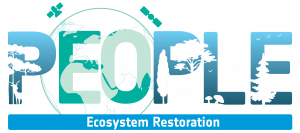
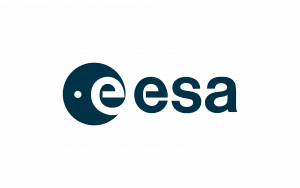
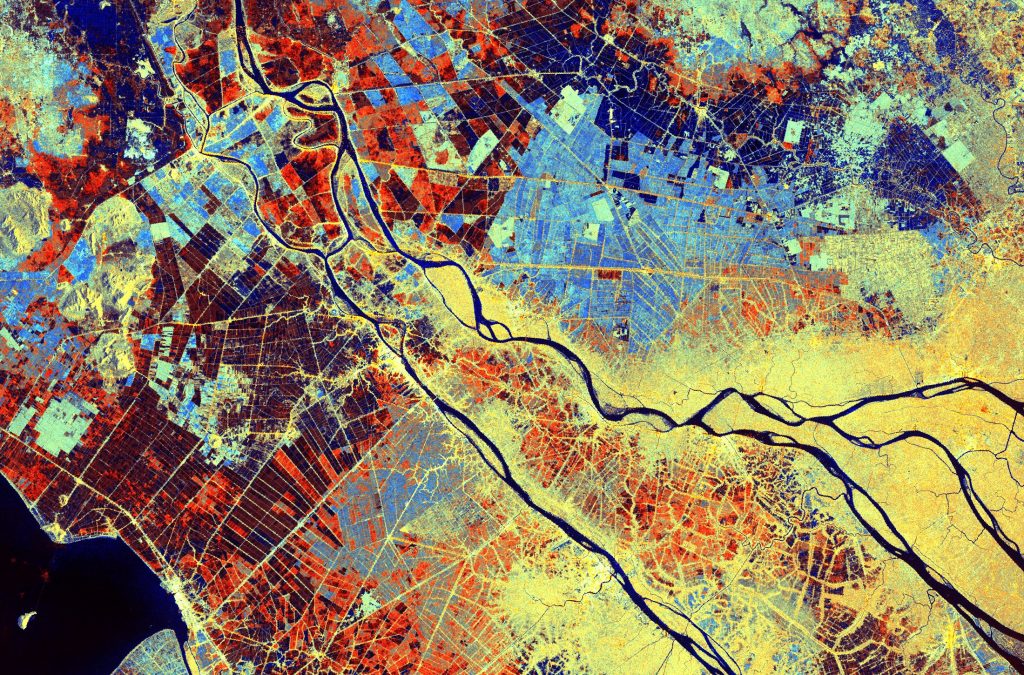
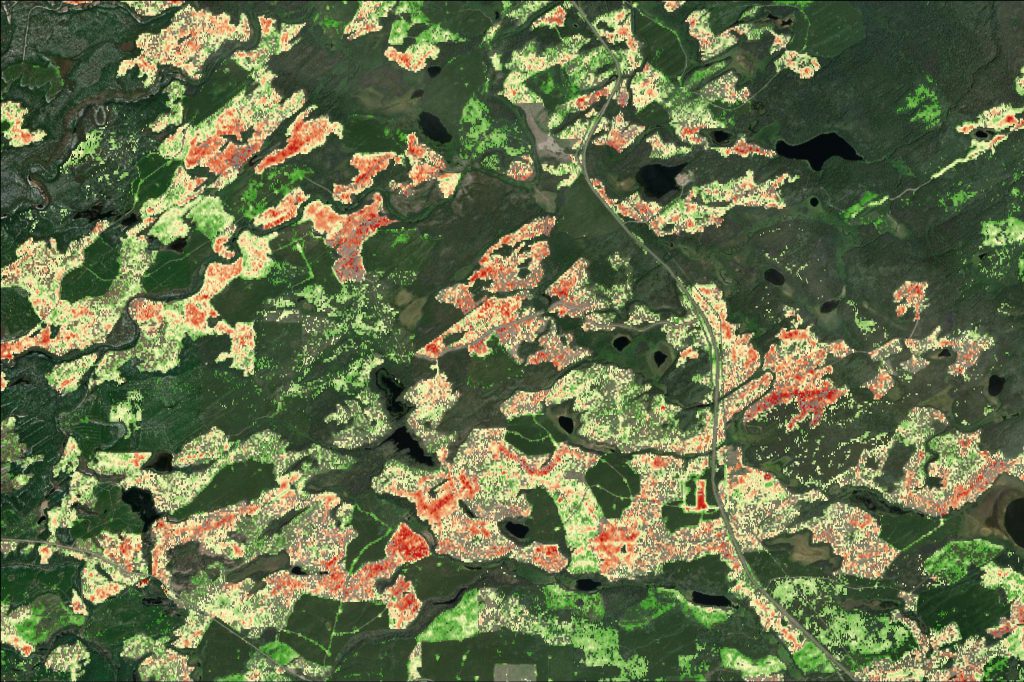
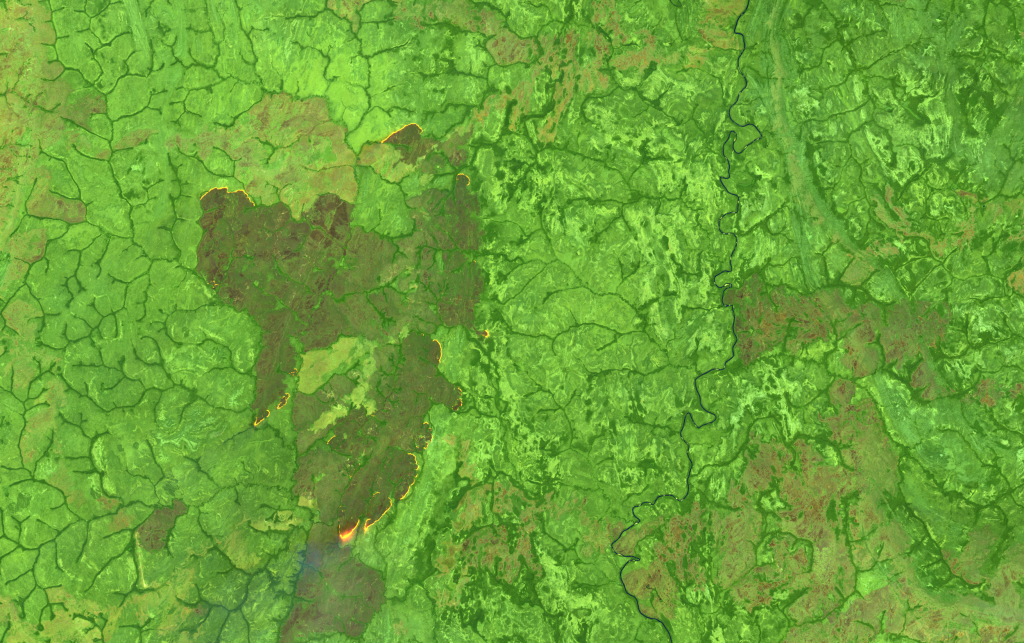
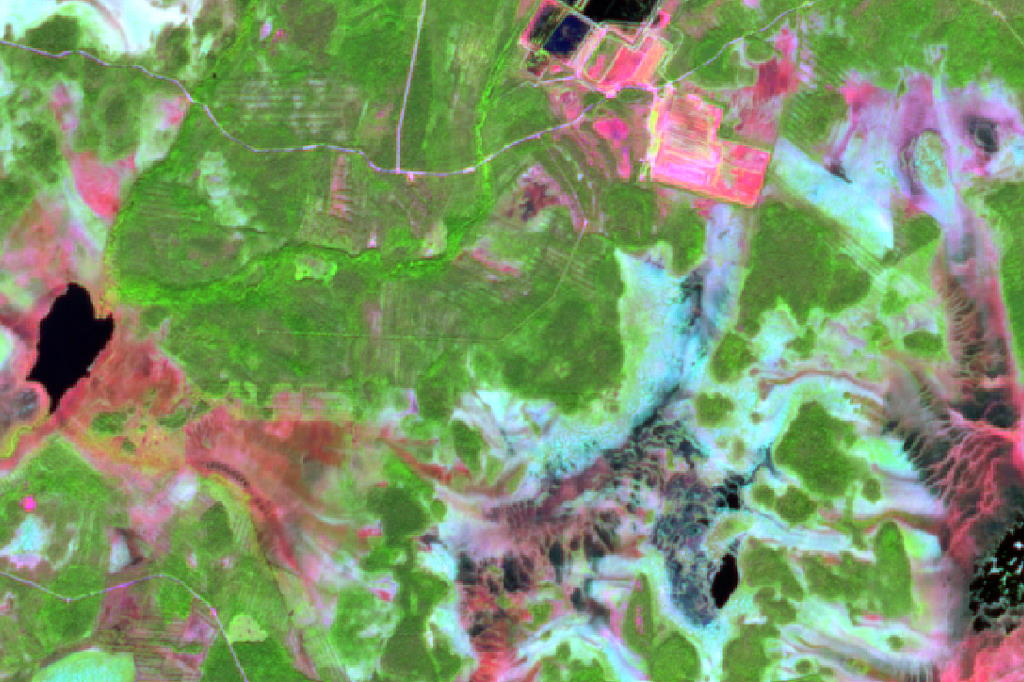
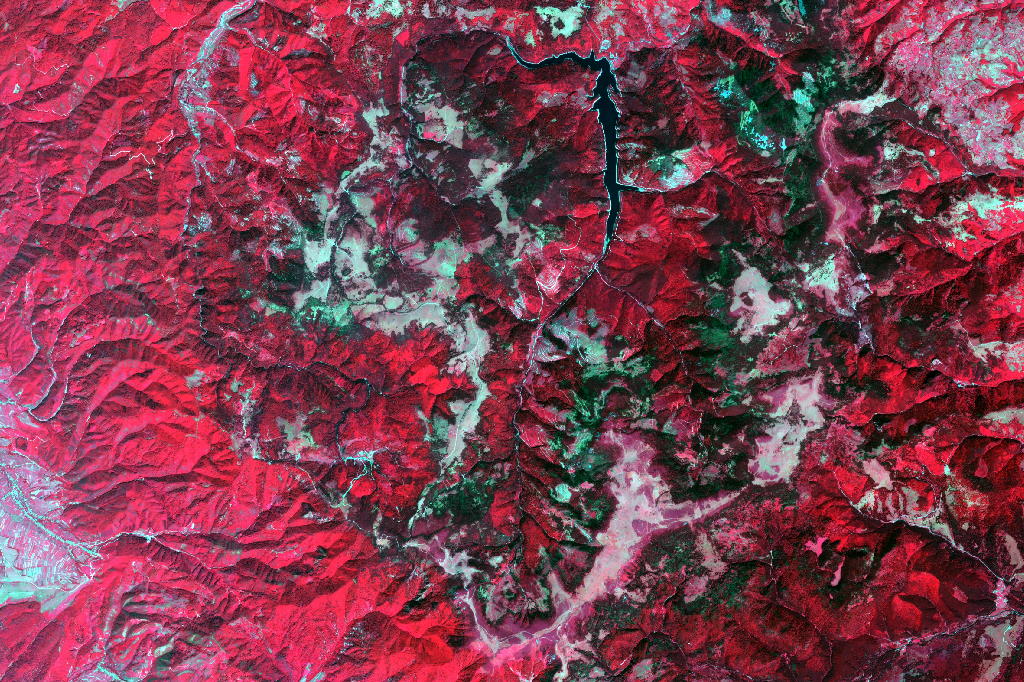
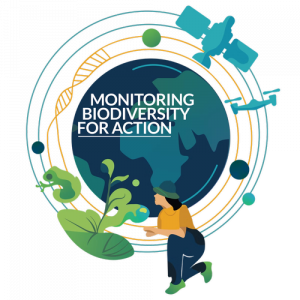 Presentation: GEO BON Global Conference: Monitoring Biodiversity for Action
Presentation: GEO BON Global Conference: Monitoring Biodiversity for Action
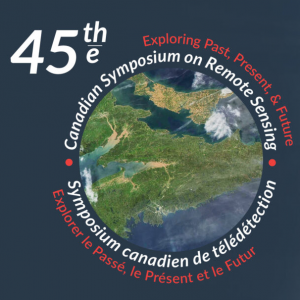 Presentation: Canadian Symposium on Remote Sensing
Presentation: Canadian Symposium on Remote Sensing